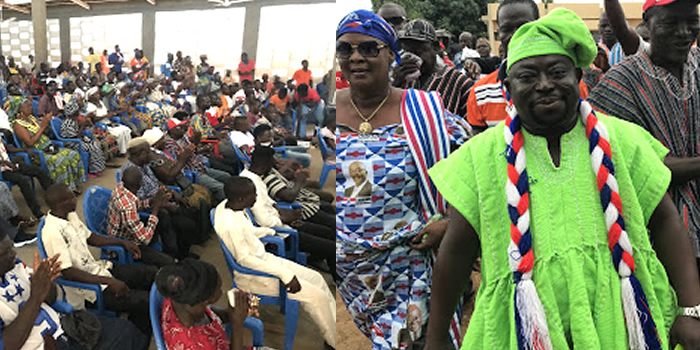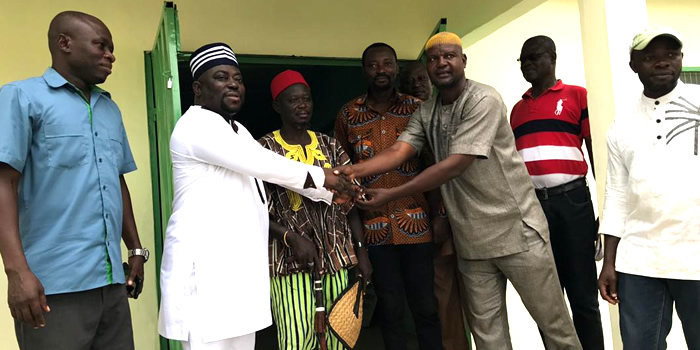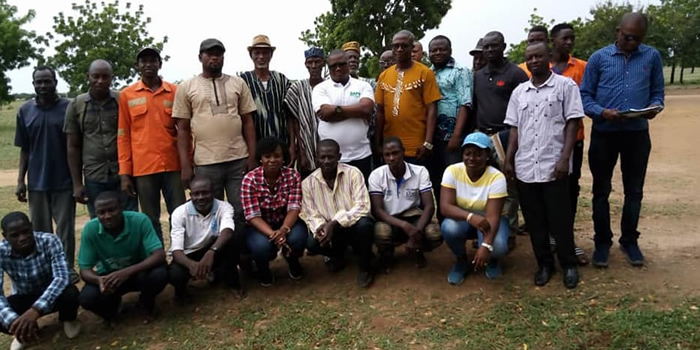

Manifestations/Indicators Of Poverty
According to the perception of the district level stakeholders, poverty manifests itself in the form of lack of basic needs like food (inadequate food supply), clothing (wearing of tattered clothing, shabby appearance, health (malnutrition, inability to pay for health services), shelter (poor sanitary conditions) and education (high school drop out rate, inability to afford school uniforms and sandals). Table two (2) describes the indicators of poverty as seen by district level stakeholders.
Community Level Stakeholders Understanding Of Poverty
The responses of community level dialogue partners presented in table seven (7) suggest a fundamental perception of poverty among the various target groups consulted. Poverty is understood to be a situation in which individuals are unable to provide some basic needs of food, education, shelter and health. This understanding conforms to the district level stakeholders understanding of poverty.
Food insecurity is also an important parameter for describing poverty. This pattern suggests the importance of gearing interventions at improving access to basic needs and enhancing food security. Improving access, means in this context more of economic than physical access. For example, it is the "inability to pay for services" which appears to be the issue as in "inability to pay school fees", "inability to pay medical bills" etc. not infrastructure or physical access per se.
Date Created : 11/18/2017 6:38:10 AM











 facebook
facebook
 twitter
twitter
 Youtube
Youtube
 +233 593 831 280
+233 593 831 280 0800 430 430
0800 430 430 GPS: GE-231-4383
GPS: GE-231-4383 info@ghanadistricts.com
info@ghanadistricts.com Box GP1044, Accra, Ghana
Box GP1044, Accra, Ghana